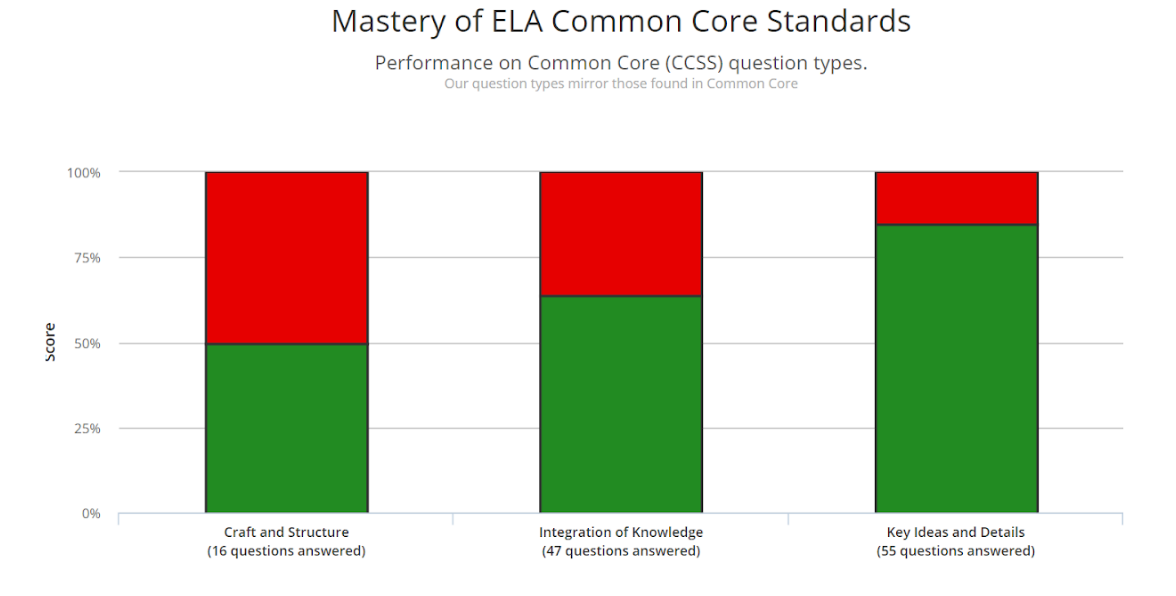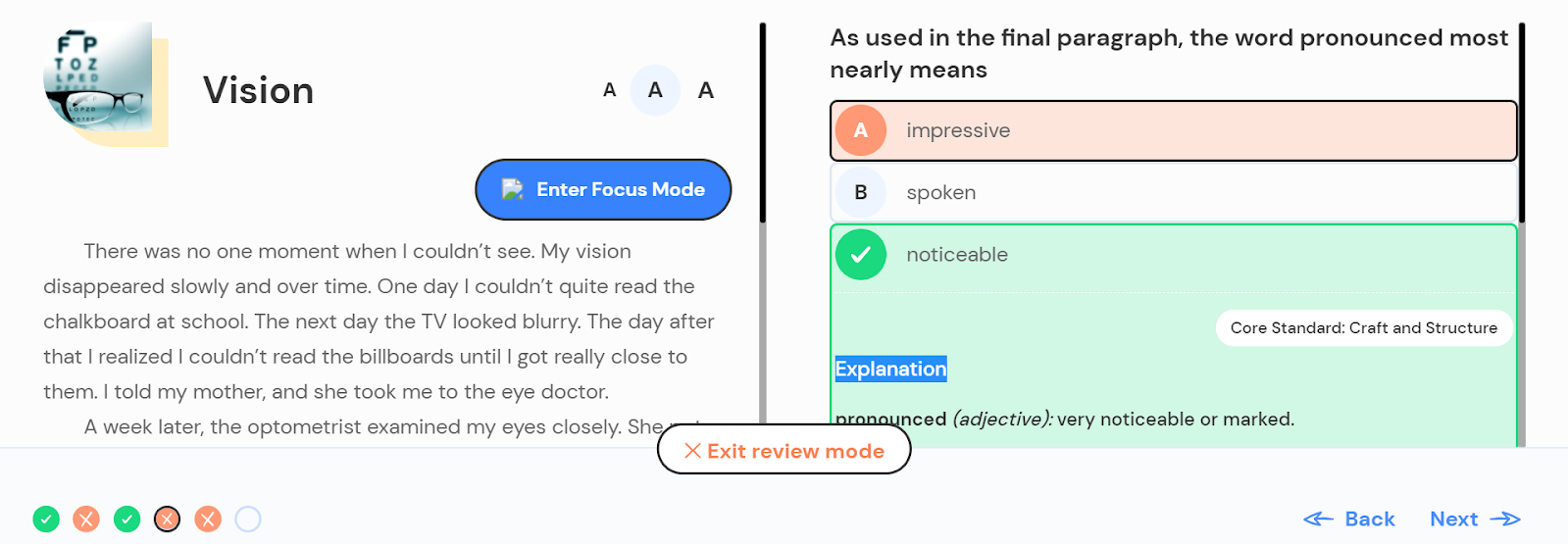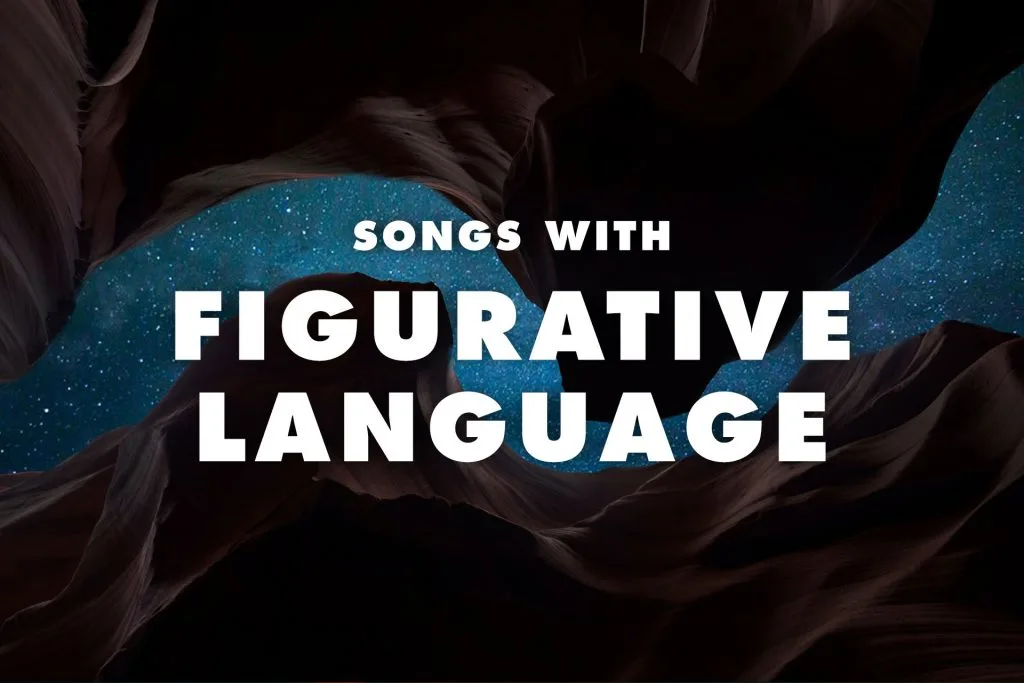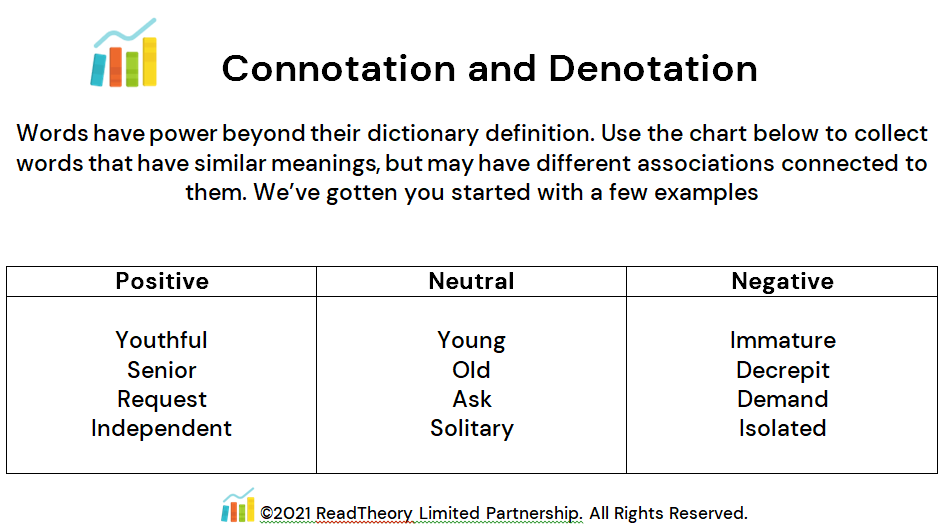Craft and Structure
When I’m using ReadTheory and describing a student’s reading ability to his/her parents, the meaning is clear if I’m talking about key ideas and details or integration of knowledge. Craft and structure can pose a challenge as there is no shorthand description of craft or structure. I feel like a ship captain and my vessel won’t steer straight! “What is craft?” “What is structure?” Let’s start by looking at the common core standard, breaking it down into smaller bite size pieces, and see if we can build a better boat.
The Common Core Standard is our anchor
Here is a summary of the Craft and Structure Common Core Standard: Interpreting Craft and Structure is the ability to interpret words and phrases, analyze structure of texts as a whole, and assess how point of view shapes the content of the text. I don’t know about you, but that doesn’t really help me explain to parents what ReadTheory’s score in Craft and Structure really means to their son’s or daughter’s reading progression. So, while the anchor is important – it’s not super useful when we want to actually set sail!
Boats Chart a Course Toward Understanding
In keeping with my boat analogy, let’s look at it this way: Key Ideas and details are the oars that keep the boat moving. Integration of knowledge is the navigator’s familiarity with winds, landmarks, and other sights to find his/her way. The craft and structure are the tools used to determine how to navigate the boat to its final destination. Craft and structure is the map, the compass, and the GPS to chart the boat (or in reading, the plot) to its final destination. (If you noticed that this paragraph is full of metaphors, you can see what craft and structure adds to the comprehension of reading selections!)

Determining Craft and Structure Skills
This screenshot of one of my student’s ReadTheory performance scores on Common Core questions shows that she definitely needs to develop her Craft and Structure skills. She is at 85% accuracy in Key Ideas and Details, 64% accuracy in Integration of Knowledge, and 50% accuracy in Craft and Structure skills. Read Theory makes it easy to take a deeper dive into each student’s performance. I went through her scores on individual passages and clicked on the passages with her lowest scores. From there you can see the questions and the student’s answers. I found that most of the questions she is missing require her to define unknown words using the context. Now I know what to work on!

This is what it looks like when you click on a passage. In the bottom left corner, you see that she missed 3 out of 5 questions. The 4th question is shown here. I can see the question, the student’s answer, and the common core standard the question is measuring. I love this feature! I use it to write IEP goals and objectives for my students and for progress monitoring!
Craft and Structure is complex
A quick google search of Craft and Structure examples will lead to an overwhelming number of terms to focus on. This handy resource provides 21 different concepts to use while analyzing craft and structure. 21! And that’s not including poetic devices! If that seems overwhelming, you’re not alone. I find it helpful to focus on these 4 crucial skills: figurative language, connotative meaning, analyzing structure, and point of view.
Skill 1: Figurative language
Figurative Language is also referred to as Poetic devices.We’re talking about similes, metaphors, hyperbole, personification, repetition, alliteration, and more. These all have to be explicitly taught to my students. One strategy that I’ve used to get my students more engaged is to use songs that they know (and some they don’t) that use figurative language. Here’s 20 with videos! And 15 more that specify the lyrics and the type of figurative language used. After you do this with your students, they start bringing you songs that they listen to with figurative language! How cool is that!

Skill 2: Connotative meaning
This is very difficult for my students to understand the different shades of meaning of certain words and that they are not all “neutral.” For example, “thin” is neutral; “slender” has a more positive connotation; and “skinny” is negative. To frame the concept of the connotative meaning of words, we classify them as neutral, positive and negative. This can be done many ways. You can offer a neutral word and challenge the students to come up with words that mean the same but are either negative or positive and record them on a table. If you want to start at a lower level, this activity could be modified by providing a word list or a chart, and as a group classify the words by placing them in each category. Here’s a list of words which also has a bonus(!) link to more lists and activities. To take this activity even further, have the students write their own sentences.This could be done individually or give one group a list of positive words and the other group the corresponding negative words. Then compare the two sentences. This is a great way to improve vocabulary skills too!

Skill 3: Analyzing Structure
This is where all those higher level thinking skills live: compare-contrast, sequencing, and cause and effect to name a few. In my article “The Four Comprehension Skills Every Student Needs,” you can find strategies for sequencing (Skill 2) and cause and effect (Skill 3).
Let’s look at compare and contrast here. The best way to organize a reading passage and a reader’s thoughts is with a graphic organizer. Read Theory has a Venn Diagram that you can access here. The ability to compare and contrast helps a student focus on the key details in addition to the “big picture.” Seeing the details will improve comprehension which will lead to the ultimate goal of reading retention.

When teaching, introducing, or modeling the skills needed to compare and contrast, don’t limit yourself to only the written word. Paintings or other works of art, seashells, food (i.e. a tangerine and an orange), print advertisements for the same product at different stores, charts and graphs displaying the same information (pie charts vs bar graphs) and on and on.
For more information on implementing a text structure strategy, check out this article on Reading Rockets. The text structure strategy brings all the craft and structure strategies together into one lesson by selecting important ideas, writing a main idea, generating inferences, and monitoring comprehension.
Skill 4: Point of View
Says who? How a story is told can add different shades of nuances to a story. When a story is told in 3rd person with a narrator, it may be told because it reveals details that may be unknown to the protagonist. In 1st person the reader only sees the story unfold from the main character’s perspective. The shorthand way to identify point of view is to look at the pronouns. 1st person: I, me, us. 2nd person: you. 3rd person: he, she, they. Here are some activities to help students learn how to identify point of view. I really like the scavenger hunt activity that’s done by challenging students in the library to find examples in books of each type of point of view. Students have to cite the title and author of the book.
But, of course, point of view is not that simple. I only go down the river to this point with my students. But, if you want to go further downstream, you can analyze 3rd person point of view even more. There are 3 levels of 3rd person point of view to consider: 3rd Person Objective, 3rd Person Limited, and 3rd Person Omniscient. Like I said, I don’t go to these levels when I teach point of view to my students but if you would like to take a deeper dive, this article describes the 5 different points of view and provides a few activities to try.

More to chew on
That’s it! We finished our 3 hour tour of Craft and Structure without the weather getting rough! We took a few bite size pieces. For more information for a longer journey, you’re gonna need a bigger boat! (You knew that was coming!) Here are some resources for your voyage:
- A lesson plan using nonfiction texts: Exploring Craft and Structure in Informational Texts
- A History Lesson using Craft and Structure
- Craft and Structure Lessons using PBS Learning Media




2 replies on “Navigating Craft and Structure: 4 Crucial Skills for Teachers and Students”
Great Help. I tried last year, unsuccessfully, to get my two classes set up to use Readtheory. It seems like it would be a perfect supplement to our curriculum. I thought the Craft and Structure article was very good. I will try to find time to successfully get my classes set up again.
Let us know if you need help!